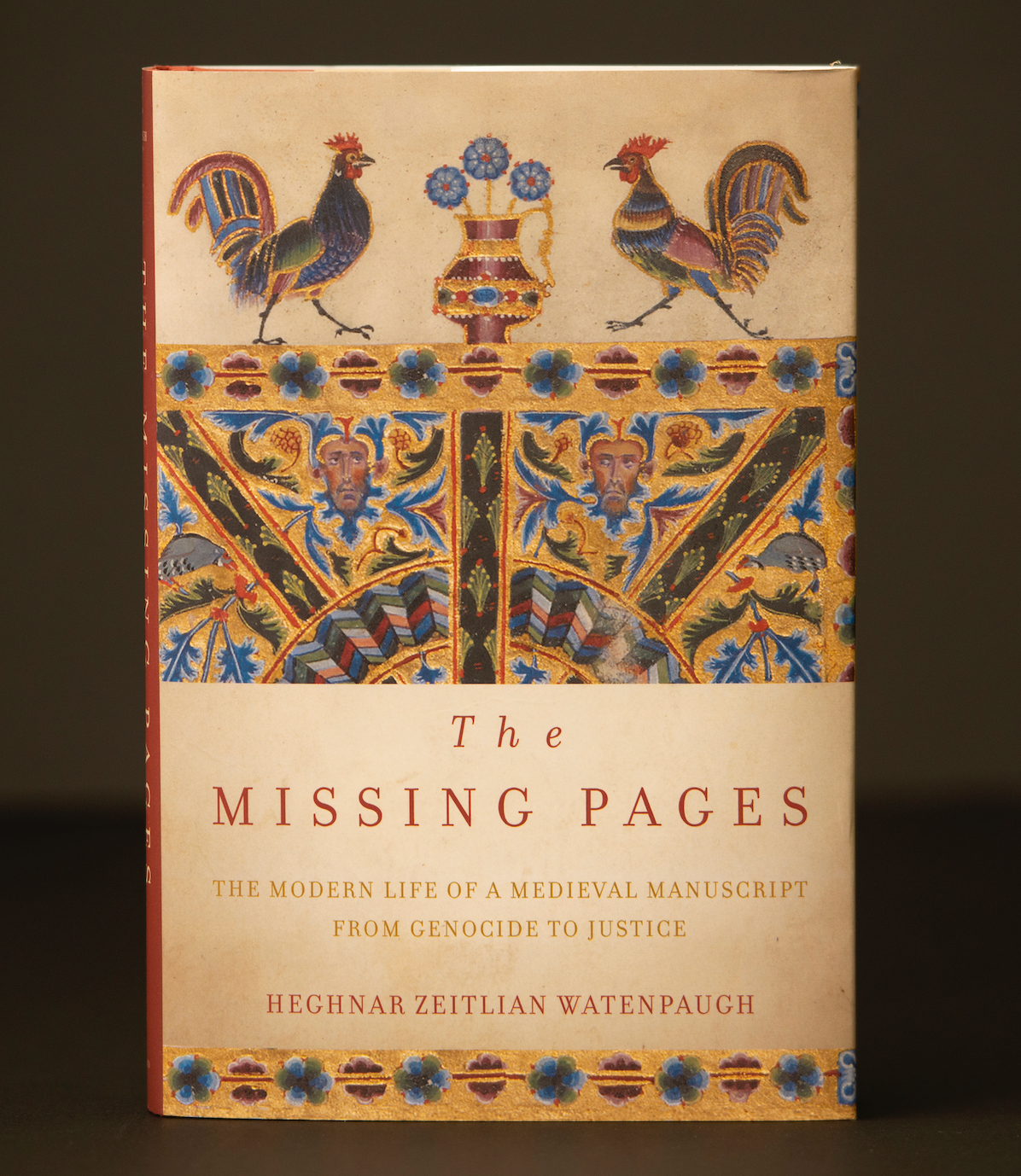
UC Davis professors are not only world renowned from their incredible ability to teach and inspire students, but the impact they make within their respective fields. Heghnar Watenpaugh is a perfect example of this, as is evident by her lecture Survivor Objects and Captive Sites: Art and Cultural Heritage in Genocide given at the Getty Research Institute at The Getty Center, in Los Angeles, in December 2024. Her lecture focused on the artwork lost and then rediscovered from the Armenian genocide, and how the destruction of art correlates to the destruction of a people’s history.
She also wrote a critically acclaimed and award-winning book on the subject; The Missing Pages: The Modern Life of a Medieval Manuscript, from Genocide to Justice.
Watenpaugh frequently speaks to the public about the destruction of art and architecture, whether it be through abuse of power, war — throughout the world — or other means. This talk was delivered shortly before the Palisades fire, which endangered, but did not destroy, both Getty locations in Los Angeles County that house historically important and valuable art.

Watenpaugh, professor of Art History at UC Davis, told the story of a young boy who in a moment of panic ripped out a sacred canon table from the Zeytun Gospel manuscript and the journey the beautiful piece took to get to the Getty Research Institute in present day. Canon tables, as she described, come as four pairs of matching sets. Over the years, as the pieces from the Zeytun Gospel manuscript got separated, it has become almost impossible to tell what the artist initially intended for the viewer to experience or take away from the canon tables. The fact that a viewer now is not ever fully sure of the original order of the tables, paired with the large crease from its travels, acts as a scar on the artwork, a reminder of how it has changed over time.
Due to the Armenian genocide that wiped out a large portion of the Armenian population, these important religious scriptures have turned into “art” through western conquest and appropriation. Watenpaugh explained that even today, the Armenian people continue to be separated from their holy sites and religious pieces, being taken over by neighboring countries and wealthy historians looking to preserve the “art” pieces. Part of what keeps a culture’s history alive after a genocide is being able to go to these historic sites, speak their native language, and use their sacred religious items. Having these taken away essentially strips the Armenian people of their history and who they are as a people.
Watenpaugh lectured so eloquently that even people who are not experts in the field, such as someone like me who is not an Art History major, could understand the storyline and the significance behind it. This lecture was truly so meaningful and is even more applicable today with the fires happening in Los Angeles where some Armenian art is currently held. The preservation of Armenian history becomes more and more important every day and Watenpaugh does an amazing job explaining why.
Those who choose can view a recording of her lecture by visiting the Getty Research Institute’s YouTube channel here: Survivor Objects and Captive Sites: Art and Cultural Heritage in Genocide with Heghnar Watenpaugh. If you would like to learn more about the Armenian Genocide and the journey of the Zeytun Gospels, you can read Watenpaugh’s book The Missing Pages: The Modern Life of a Medieval Manuscript, from Genocide to Justice .
Media Resources
Jamie Gelfond, News and Media Relations Intern: jsgelfond@ucdavis.edu
Karen Nikos-Rose, Office of Strategic Communications: kmnikos@ucdavis.edu
